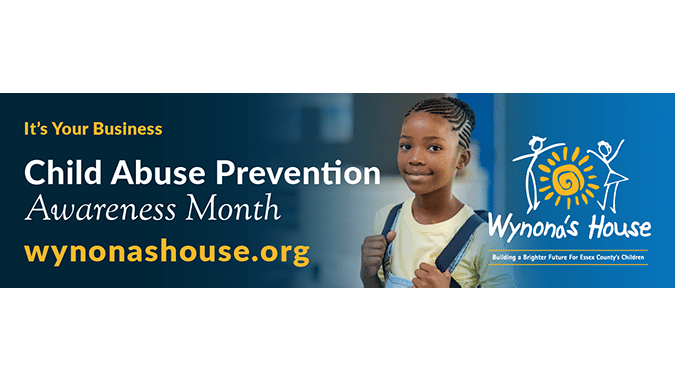We’ve all seen the horrendous stories of mass shootings, the seemingly random attacks at businesses and other public places. But workplace violence goes well beyond the homicides that make headlines—assaults and harassment occur every day.
Recently, the law firm Jackson Lewis outlined how employers can go about assessing the risks of violence at their workplaces and develop an action plan to keep customers and employees safe.
“Every year, nearly 2 million American workers report having been victims of workplace violence,” attorneys Carla Gunnin, Joanne Braddock Lambert and Mike Snyder state. “Sadly, the actual number of cases is likely much higher — many cases go unreported.”
The Occupational Safety and Health Administration (OSHA) has no standard on workplace violence prevention, but there is the General Duty Clause of the 1970 law that created OSHA. It requires employers to provide “a workplace free from recognized hazards likely to cause death or serious physical harm.” That requirement includes protecting employees from workplace violence, the attorneys say.
Additionally, employers could be at risk for other legal claims, such as negligent hiring, negligent retention, workers’ compensation, breach of the duty to warn, and violations of the Americans with Disabilities Act and Title VII of the Civil Rights Act of 1964.
There are basically four types of workplace violence incidents:
- Where the individual has an employment relationship with the workplace;
- Where the individual is the recipient or the object of a service provided by the workplace or the victim;
- Where the individual has no direct relationship with the workplace, but typically has a relationship with an employee; and
- Where the individual has no legitimate relationship to the workplace and enters the workplace to commit a robbery or another criminal act.
Employers should identify risks for workplace violence and develop action plans to prevent violence in the first place and, if an incident does occur, to protect people.
